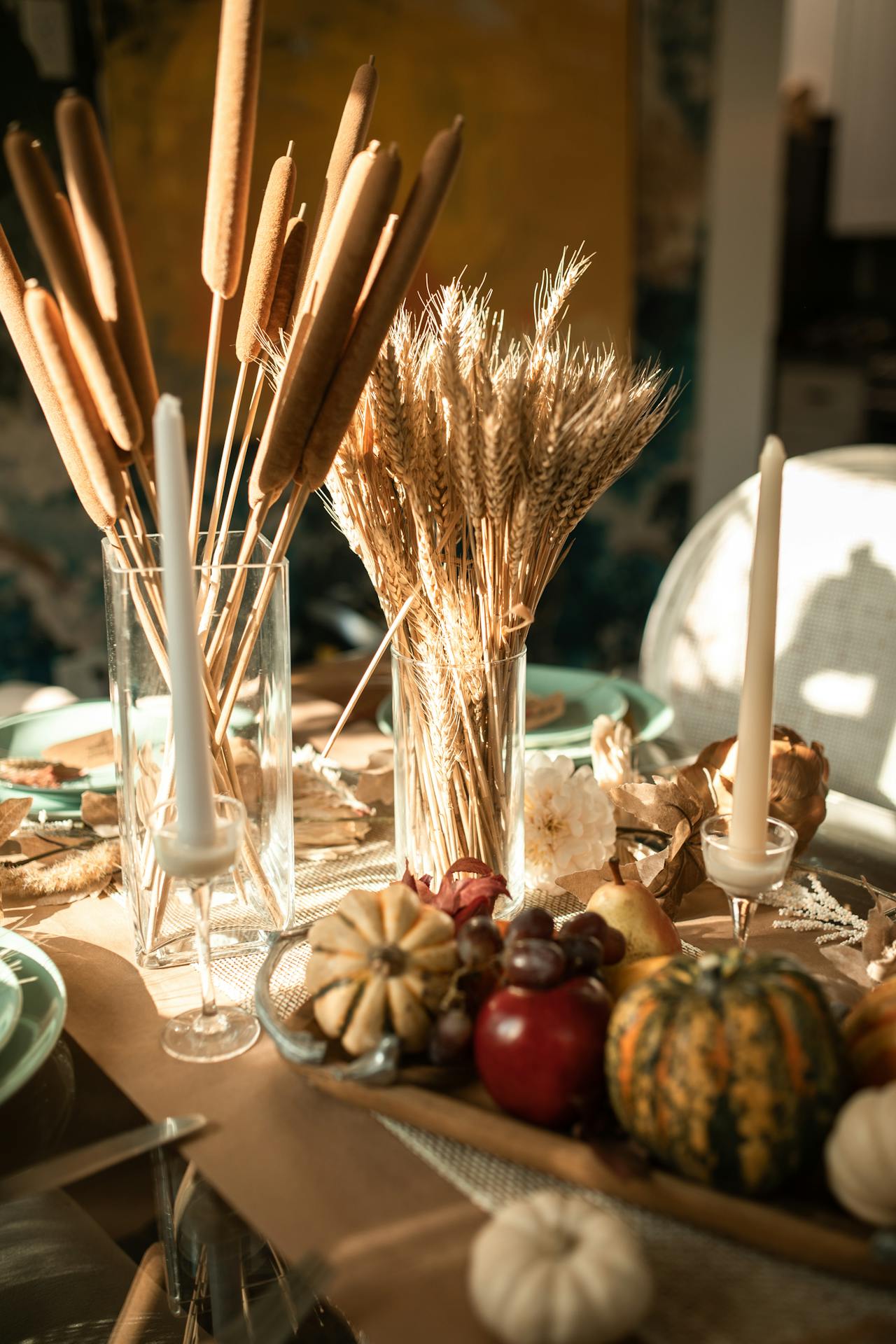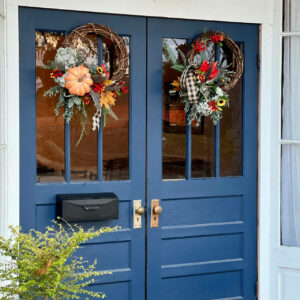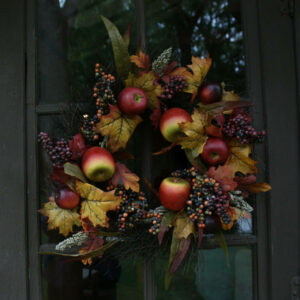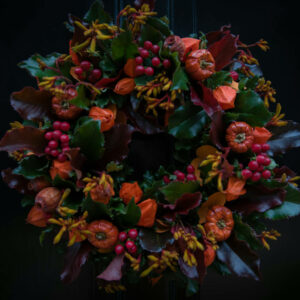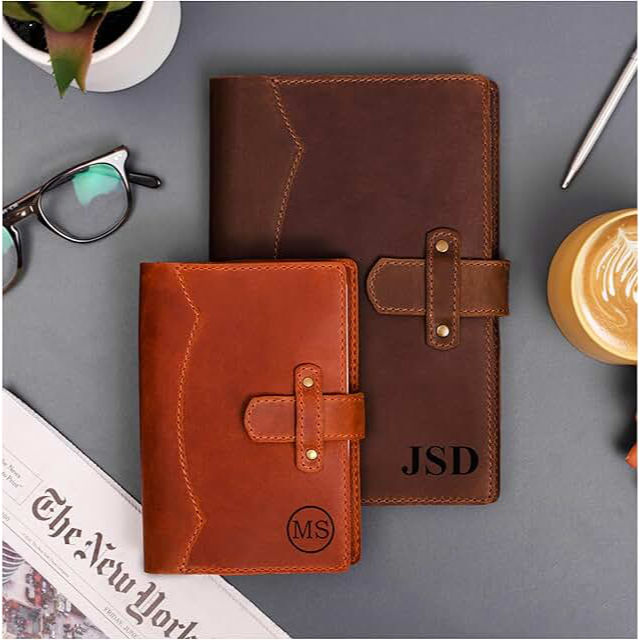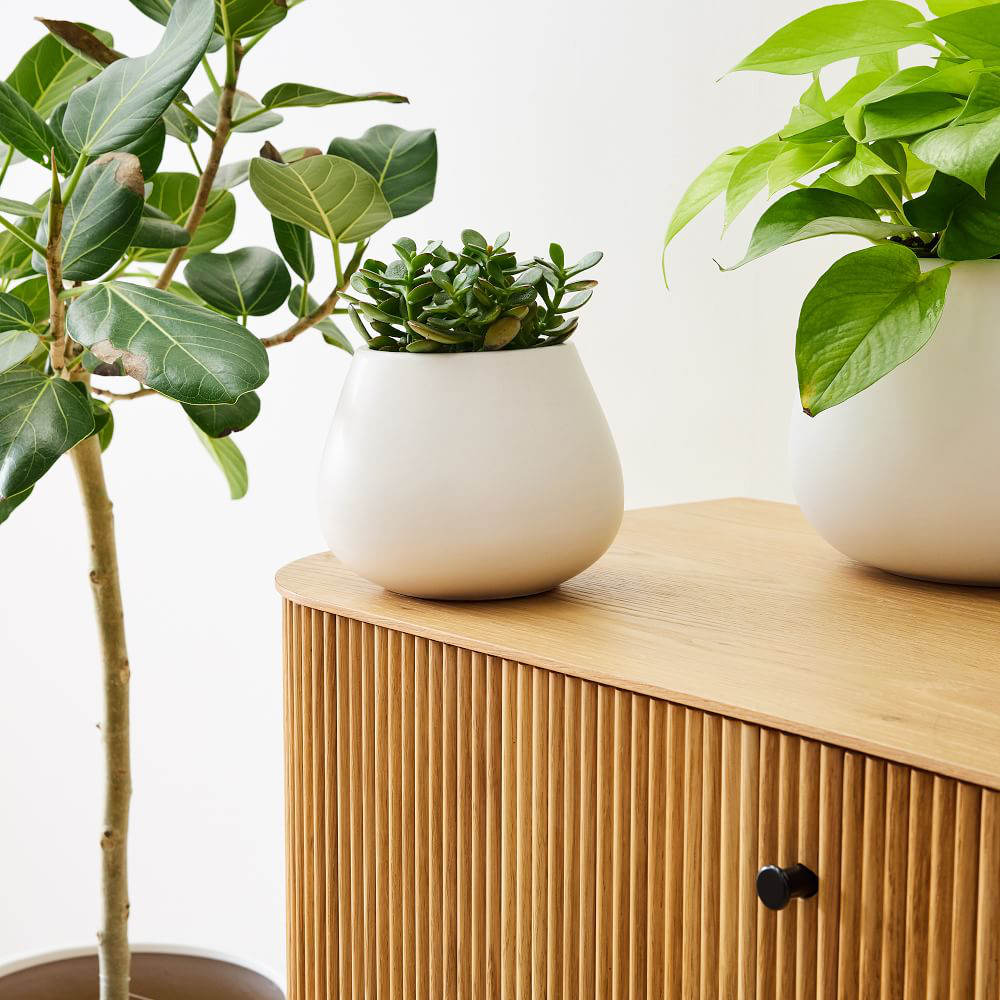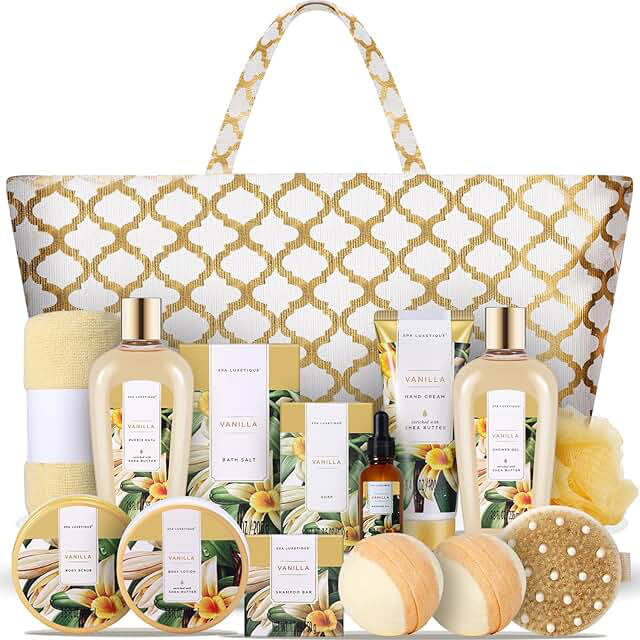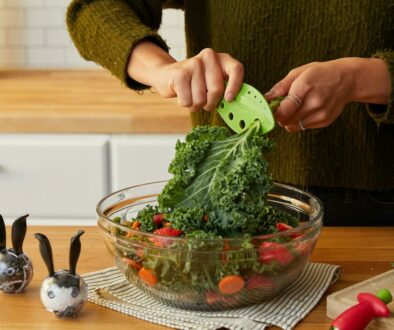How to Make Your Own Thanksgiving Wreath with Seasonal Elements
A Thanksgiving autumn wreath can add a welcoming, festive touch to your door. By using natural, seasonal elements, you’ll create a rustic and charming piece of decor that celebrates the season.
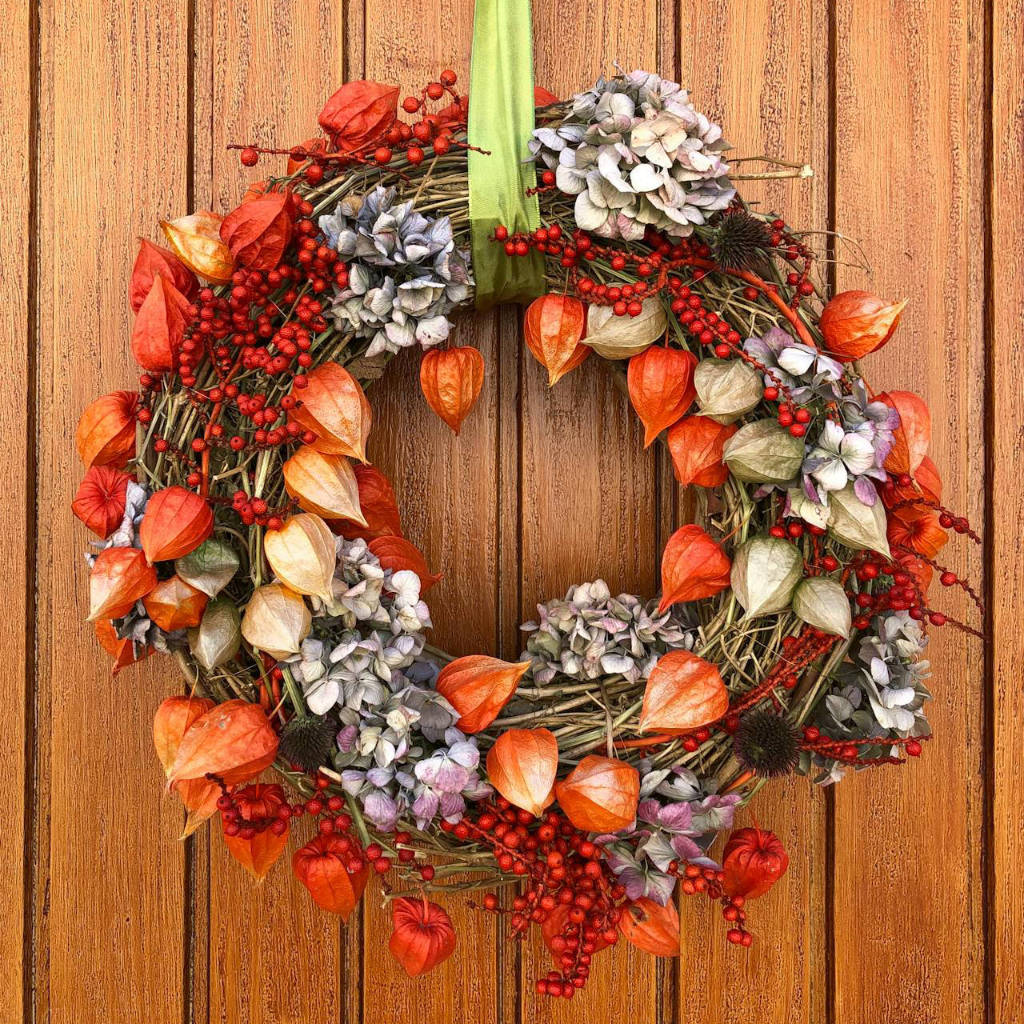
Materials Needed
Here’s a list of basic materials you’ll need including reference sheets and some alternatives to customise your wreath based on your style and the materials available:
Wreath Base: Grapevine wreath form or a wire wreath form
Natural Elements (reference sheet included):
- Small branches with colorful leaves (like oak, maple, or magnolia)
- Pinecones
- Small pumpkins, gourds, or dried corn
- Acorns and nuts
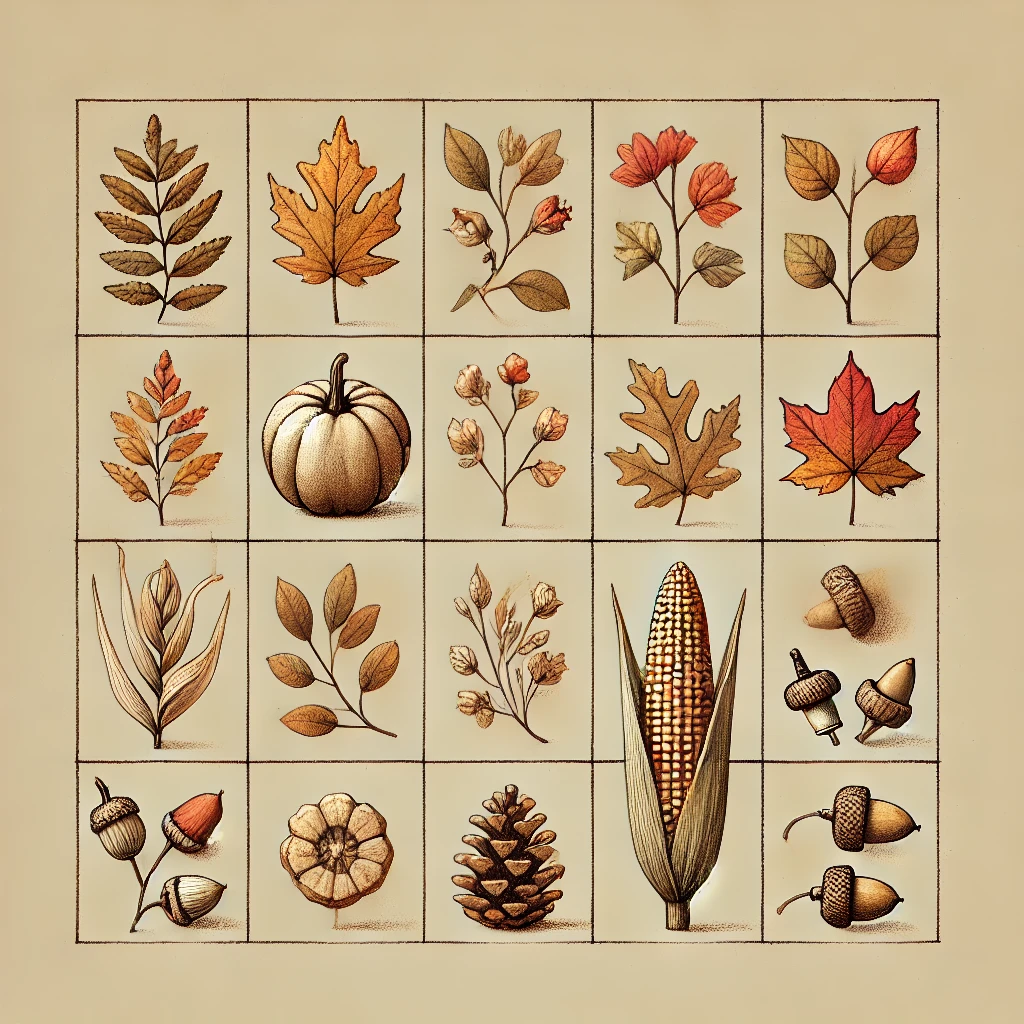
Florals and Foliage (reference sheet included):
- Faux or dried flowers (sunflowers, mums, or marigolds are ideal)
- Eucalyptus or other long-lasting greenery
- Wheat stalks or dried grasses
Decorative Elements (Optional):
- Burlap or plaid ribbon
- Cinnamon sticks or star anise for added fragrance
- Small Thanksgiving-themed decorations, such as miniature scarecrows, turkeys, or tags with festive messages
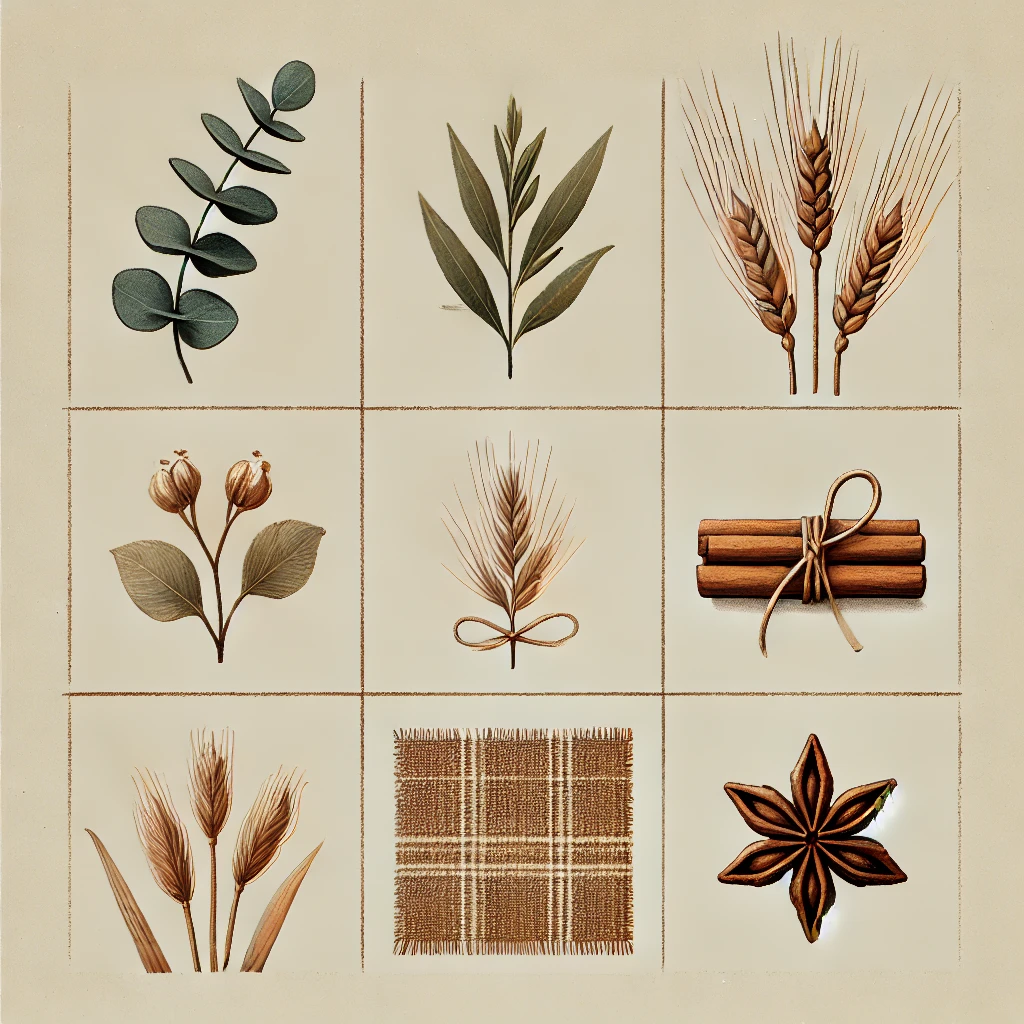
Tools:
- Hot glue gun and glue sticks
- Floral wire or twist ties
- Pruning shears or scissors
Step-by-Step Instructions
- Prepare Your Wreath Base
If using a grapevine wreath, it’s ready to go! If using a wire wreath form, consider wrapping it with burlap or floral wire as a base to attach other elements. This also makes it easier to arrange and secure materials. - Gather and Prepare Natural Elements
Before you start assembling, sort and trim your elements to your desired size. Arrange them in small clusters or bunches for easier placement on the wreath. For example, pair small pumpkins or pinecones with clusters of leaves. - Attach Greenery and Foliage
Start by placing eucalyptus or greenery around the wreath base. Use floral wire to secure the stems to the base or wrap the leaves around the grapevine form. Try to create an even distribution, leaving gaps where you’ll add other elements later. - Add Seasonal Colors with Flowers and Leaves
Layer in faux or dried flowers and colorful leaves around the greenery. Attach these elements with floral wire or hot glue. Aim for a balanced look by spacing flowers evenly around the wreath. - Add Texture with Pinecones, Acorns, and Small Gourds
Use a hot glue gun to secure pinecones, acorns, and miniature gourds or pumpkins to the wreath. These items add texture and visual interest. If your wreath has a specific top and bottom, cluster these elements slightly more at the base for a cascading effect. - Incorporate Decorative Elements (Optional)
Tie a burlap or plaid ribbon in a bow and attach it to the top or bottom of the wreath. You can also weave the ribbon around the wreath or add small Thanksgiving-themed decorations like mini scarecrows or tags. Consider adding cinnamon sticks or star anise near the bow for an aromatic touch. - Inspect and Adjust for Balance
Step back and take a look at your wreath. Make sure it looks balanced and that there are no large gaps. Add extra greenery, flowers, or decorative elements as needed. - Secure Loose Items and Reinforce
Once you’re happy with the arrangement, reinforce any loose items with additional glue or wire to ensure they stay in place, especially if the wreath will be hung outdoors. - Hang Your Thanksgiving Wreath
Hang your wreath on your front door, over a mantel, or in any space where it will add seasonal warmth to your decor. Use a sturdy wreath hanger or a ribbon loop if you prefer.
Natural Materials
Mary from White Cottage Company shows us how it is done with natural materials from the outdoors. The fall is the best time to do this aside from enjoying your time outdoor and looking for suitable materials for the wreath. The video showed her making three different wreaths. First from wheat grass, second from dried hydrangeas – spray painted and glued to vine wreath and the third from corn husks.
Faux Leaves, Berries and Flowers
Here is a quick video from Jenny’s Wreath Boutique that shows how it is done with faux leaves. However, the whole idea of this exercise is for us to use real leaves, SO, be sure to use the tutorial video only as a guide as I am sure you will do the right thing and work with seasonal elements only. Jenny showed 6 different designs.
Alternative Ideas and Tips
Natural vs. Faux Elements
While using natural elements like real leaves, pinecones, and small pumpkins gives your Thanksgiving wreath a rustic and authentic feel, faux elements such as artificial leaves and flowers can make the wreath more durable and reusable. For a balanced approach, consider mixing both—using faux elements for items that might wither quickly and real, seasonal touches for added texture and charm.
Opt for a Minimalist Look
If you enjoy a more understated aesthetic, a minimalist wreath could be the perfect choice. Limit your materials to a few key elements, such as pinecones and eucalyptus branches, or a simple burlap ribbon paired with a small cluster of pumpkins. This approach creates a clean, elegant look that is both sophisticated and versatile for different decor styles.
Try a Different Shape
For a creative twist on the traditional round wreath, try a square or oval base. Alternatively, create a smaller, cluster-style wreath by using a smaller frame and arranging the elements asymmetrically. These alternative shapes make your wreath stand out and add an eye-catching element to your Thanksgiving decor.
Use Edible Elements for a Kitchen Wreath
To make a Thanksgiving wreath suitable for the kitchen or dining area, consider incorporating edible elements like dried orange slices, bay leaves, cinnamon sticks, or dried herbs. Not only will these ingredients add a festive touch, but they’ll also introduce warm, seasonal fragrances that create a welcoming atmosphere.
Add Lights for Evening Ambiance
Enhance your Thanksgiving wreath by adding small LED fairy lights. Battery-operated lights with a timer can be easily wrapped around the wreath, adding a soft, magical glow in the evening. This touch is especially beautiful for wreaths displayed on front doors or in dimly lit spaces, making your decor feel cozy and inviting.
Here are a few good examples and a collection of natural materials you can use.
